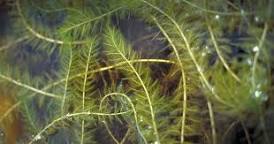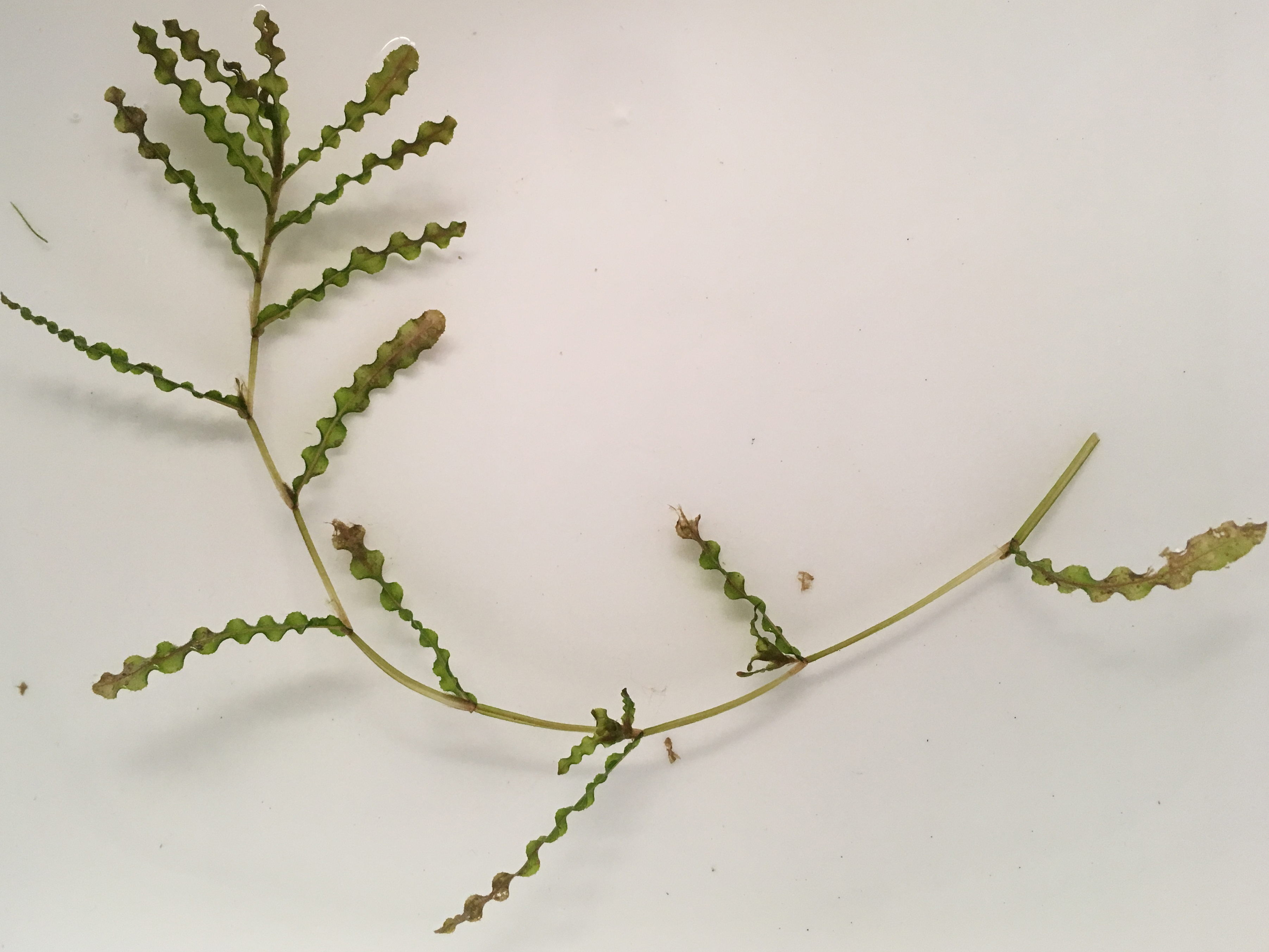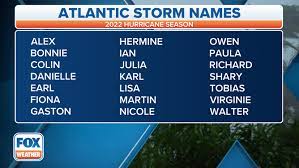Tilton Conservation
Commission
257 Main Street,
Tilton,
NH
03276
Tilton, NH
|
CONSERVATION NEWS
From TILTON, NH
Summer 2022 Newsletter
AIS - Aquatic Invasive Species


See a map of
AIS in NHNew Hampshire
DES and local communities continue to work to reduce the aquatic invasive
species which threaten the health of our lakes and rivers.
New Hampshire is working to educate boaters who
come into New Hampshire from other states, where different AIS are present,
so that they don’t bring
additional species into the state when they
visit New Hampshire’s waters. In 2021, an out-of-state boater decal program
went into effect, requiring boaters
with vessels registered in a
state other than New Hampshire to purchase an invasive species decal. An
online vendor site was established with information
about AIS and a
portal to purchase a $20 decal, which they affix to their vessel. The
platform allows NHDES to gather information about the number and
types
of vessels visiting New Hampshire from out of state, and proceeds from decal
sales will be used for prevention and control efforts for AIS infestations
in
New Hampshire. This program is still growing, but it is hoped that it
will help continue to educate transient boaters about the role they play
in
keeping New Hampshire waterbodies free from AIS. Use the link above to check
on your community.
Summer Lawn Care and Facts

If you plan
to fertilize your lawn, keep in mind that the type of fertilizer you use and how
and when you apply it can have a big impact on the environment around you.
Fertilizer contains nutrients that plants need, such as nitrogen, phosphorus and
potassium. If not applied properly, those nutrients can be carried away by
stormwater runoff
and washed into lakes and ponds. Those nutrients are
causing too much plant growth in our surface water, which can cause real damage.
Some areas of New Hampshire, such as the Great Bay, are grappling with
issues of excess nitrogen and other popular lakes and ponds are seeing excess
phosphorus.
Excess
plant growth in lakes and ponds can:
· Stimulate algae blooms including cyanobacteria,
which has been proven toxic for
humans and animals.
· Reduce oxygen levels for fish.
· Fill in lakes or ponds over time.
It’s
important to note that there are alternatives to using fertilizer; for example,
you can get a similar effect by leaving lawn clippings and leaf litter on your
lawn.
The nutrients grass use to grow are trapped in the blades. Leaving
grass clippings to break down in your lawn returns those nutrients to the soil
to be used again.
(Good news! Leaving clippings does not contribute to
thatch.) You are feeding your lawn and saving yourself the work of emptying a
mower bag. If you do want to
use fertilizer, though, you can help to protect
our lakes and ponds, whether you live near them or not, by following some
general application guidelines.
Picking the
Right Fertilizer
No two
fertilizers, or lawns, are necessarily equal. You will see that fertilizer
packaging comes with a number code, such as “33-0-4” and “5-10-15,”
corresponding with an N-P-K.
These numbers tell us how much of a nutrient is
in the fertilizer: the first number is N (nitrogen), then P (phosphorus) and
lastly K (potassium).
The amount of certain nutrients you will need in your
fertilizer depends on what your soil is lacking. Most established lawns in New
Hampshire do not need a lot of phosphorus.
New Hampshire soils naturally
contain the phosphorus most lawns need to grow. Leaving your lawn clippings can
also provide phosphorus for your lawn.
You don't
want to apply more nutrients than the plants can take up – that wastes your
money and labor and causes pollution.
Look for N-P-K that are 10 or lower –
these are generally organic (natural) sources that are naturally slow release.
Look for the
OMRI label.
In addition to slow-release, look for water-insoluble nitrogen. A water
insoluble choice will help decrease the number of applications needed.
Soil tests
will always be the best way to see what nutrients your lawn needs. You can find
soil testing facilities across the state,
including the
UNH Cooperative Extension
and the
Natural Resources Conservation Service in New Hampshire.
Important:
It is illegal to apply fertilizer within 25 feet of a lake or pond over 10 acres
in size and many streams and rivers that are protected under the
New
Hampshire Shoreland Water Quality Protection Act. It is a great idea to treat
all water bodies in the same way.
If you do
end up with leftover fertilizer, you can save it and use it next year. When
storing fertilizer, it’s important to make sure to store it in
a dry place
and close the bag with a clip, so there isn’t a danger of nutrients leaking from
the bag.
(Information
provided by NH DES)
Atlantic
Hurricanes
for 2022
Hurrican season begins June 1 until November 30

Hurricane preparedness:
Shelter Plan -
Evacuation Plan -
Emergency Kit
Warnings and alerts
-
FEMA app
Make copies of
important documents
and insurance info
Declutter drains and gutters - bring in lawn furniture
Keep cell phone and mobile devices charged
Have sufficient food, medications,
disinfectants, pet supplies for at least a week
Have more water than you
think you'll need - at least enough for 3-7 days
Have extra water available
for cleaning or other needs



